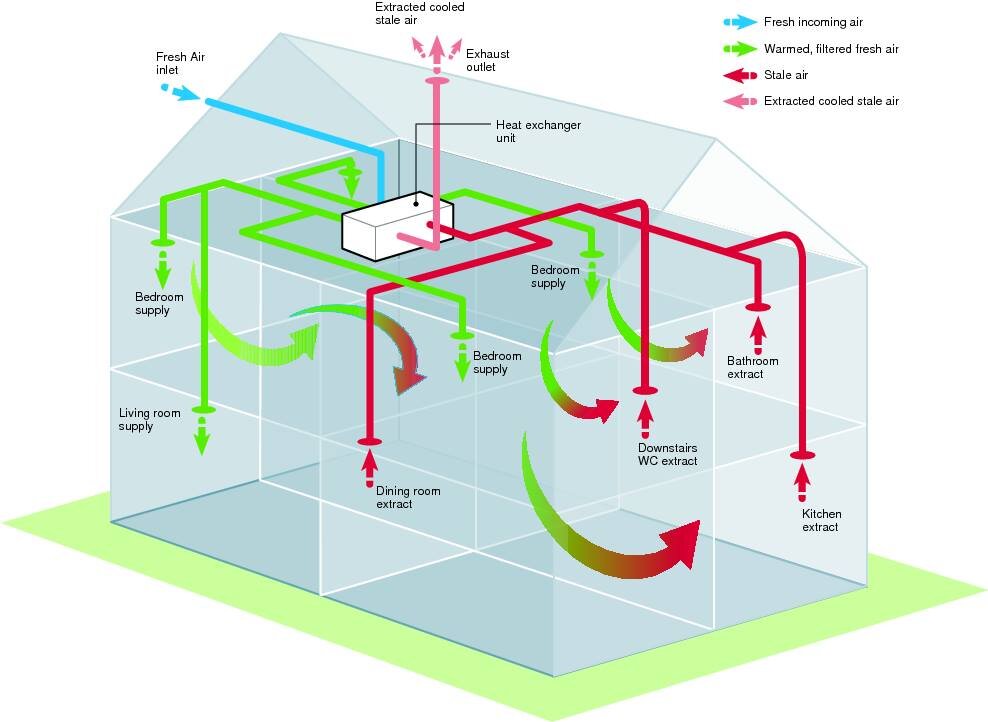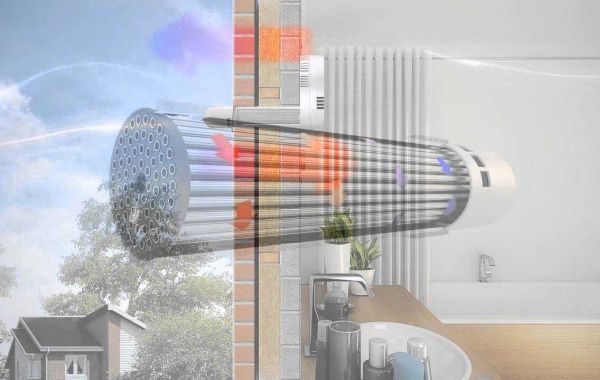Heat recovery ventilation (HRV) systems, such as those offered by Prana, represent a cutting-edge solution designed to maximize energy efficiency while maintaining indoor air quality. This article delves into the cost savings associated with implementing a Prana HRV system, highlighting its benefits and potential financial advantages.
What is a Prana Heat Recovery Ventilation System?
A Prana heat recovery ventilation system is a sophisticated HVAC solution that optimizes the exchange of heat between indoor and outdoor air. Unlike traditional ventilation systems that expel conditioned air outside, HRV systems recover the heat from outgoing air and use it to pre-condition incoming fresh air. This process ensures that a building maintains a comfortable indoor climate while minimizing energy losses typically associated with ventilation.
Key Benefits of Using a Prana HRV System
Energy Efficiency: One of the primary advantages of a Prana HRV system is its exceptional energy efficiency. By recovering and reusing heat that would otherwise be lost, these systems reduce the energy required for heating or cooling indoor spaces. This efficiency translates directly into cost savings on utility bills, making it a financially sound investment over the long term.
Improved Indoor Air Quality: HRV systems like Prana's not only conserve energy but also enhance indoor air quality by continuously circulating fresh air into the building. This constant airflow reduces the buildup of pollutants, allergens, and humidity, creating a healthier and more comfortable indoor environment for occupants.
Extended HVAC Lifespan: By reducing the workload on heating and cooling systems, a Prana HRV system can extend the lifespan of HVAC equipment. This longevity translates into lower maintenance and replacement costs, further contributing to overall cost savings for building owners.
Cost Savings Analysis
Implementing a Prana HRV system involves upfront costs for equipment purchase and installation. However, these initial expenses are typically offset by significant long-term savings in several key areas:
Energy Savings: The most substantial cost savings come from reduced energy consumption. HRV systems can recover up to 85% of the heat from outgoing air, meaning less energy is required to heat or cool incoming air. This efficiency can result in lower heating and cooling bills, especially in regions with extreme weather conditions.
Maintenance Costs: Compared to traditional ventilation systems, HRV systems generally require less maintenance due to their efficient operation and design. Fewer repairs and less frequent replacements contribute to lower ongoing maintenance costs over the system's lifespan.
Operational Efficiency: Buildings equipped with HRV systems often experience improved operational efficiency. Consistent indoor temperatures and air quality can lead to increased productivity among occupants and reduced downtime associated with HVAC malfunctions.
Return on Investment (ROI)
The return on investment for a Prana HRV system depends on various factors, including building size, climate conditions, and energy costs. However, studies have shown that HRV systems typically pay for themselves within a reasonable timeframe through reduced energy bills and operational savings. The exact ROI will vary, but many building owners find that the financial benefits justify the initial investment in relatively short order.
Considerations for Installation and Maintenance

When considering a Prana HRV system, it's essential to factor in installation costs, which can vary based on the complexity of the building's HVAC infrastructure and the size of the system required. Proper installation by qualified professionals ensures optimal performance and efficiency, maximizing the potential cost savings over time.
Regular maintenance is also crucial to the longevity and efficiency of HRV systems. Simple tasks such as cleaning filters and inspecting airflow can prevent issues and maintain peak performance. While maintenance costs are generally lower than for traditional HVAC systems, budgeting for periodic inspections and upkeep is advisable to maximize the system's lifespan and efficiency.
Conclusion
In conclusion, investing in a Prana heat recovery ventilation system offers significant cost savings over the long term through reduced energy consumption, lower maintenance costs, and improved operational efficiency. By harnessing the power of heat recovery, these systems not only contribute to a greener environment but also provide a tangible return on investment for building owners. Whether in residential, commercial, or industrial settings, the financial benefits of implementing an HRV system like Prana's are clear, making it a prudent choice for those looking to enhance both sustainability and financial performance.
By understanding the cost savings and benefits associated with a Prana HRV system, building owners can make informed decisions that align with their financial goals and environmental values, paving the way for a more energy-efficient future.









